PYGMALION KARATZAS | 2 SPECIAL PROJECTS
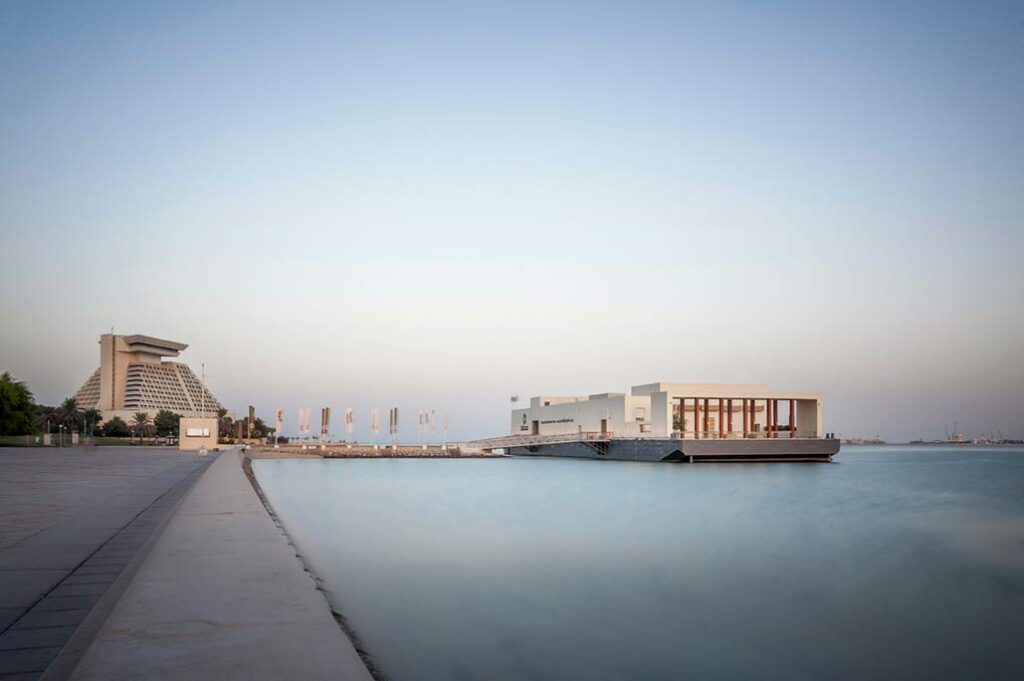
This photo-reportage covers some of Doha’s cityscapes and architecture via an integral photographic approach with panoramics, featured buildings (finished and under construction), details and architectural motifs, and fine art impressions.
“Doha, the capital of Qatar, keeps positioning and re-inventing itself on the map of international architecture and urbanism with different expressions of its unique qualities in terms of economy, environment, culture, and global outlook. In many respects, it is pictured as an important emerging global capital in the Gulf region with intensive urban development processes.”
– Prof. Ashraf Salama, “Narrating Doha’s contemporary architecture: the then, the now – the drama, the theater, and the performance,” Middle East 2, Issue 8, 4.7.2012 (1)
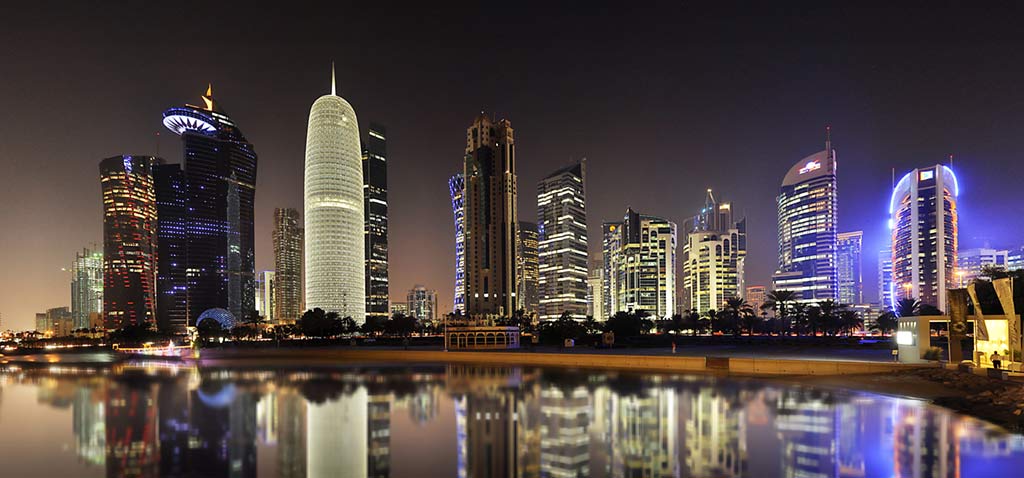
“I would like to take Qatar as a prototype, perhaps of what is possible in this new world, and how each of these worlds is radically different. What is truly unique in Qatar is that from 2 million people, only 300.000 are Qataris. Therefore, while we are struggling with immigrants and countries like France, which are in a state of crisis through immigration, we have to admire other countries living with immigration on a colossal scale. They are absolutely themselves a minority.
Therefore, it’s impossible – apart from all the other things you can say about conditions etc. – to not also look at this as a part of tolerance.”
– Rem Koolhaas’ Agenda: 4 ambitions’ lecture at the 2012 Jencks Award, RIBA. (2)
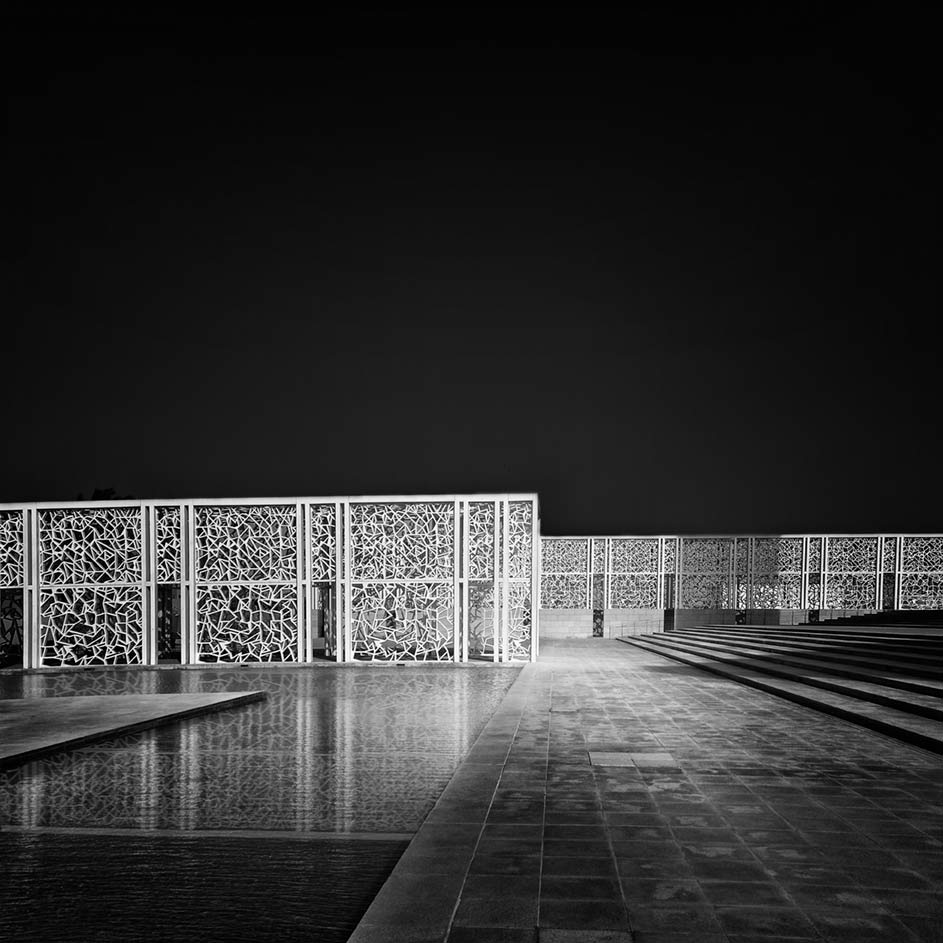
This photographic project took a few weeks in research, preparation, and contacts, a month stay in Doha, and a few more weeks in selection and post-processing of the images. The trip took place in October 2013, during which I familiarized with the city, visited selected locations, and met with construction industry professionals who presented some works in progress.
For its relatively small size, Doha has many fascinating and exceptional buildings to show.
With this photo-reportage, I wanted to give a glimpse, albeit a comprehensive one with cityscapes, featured buildings from renowned architects, architects, and fine art impressions.
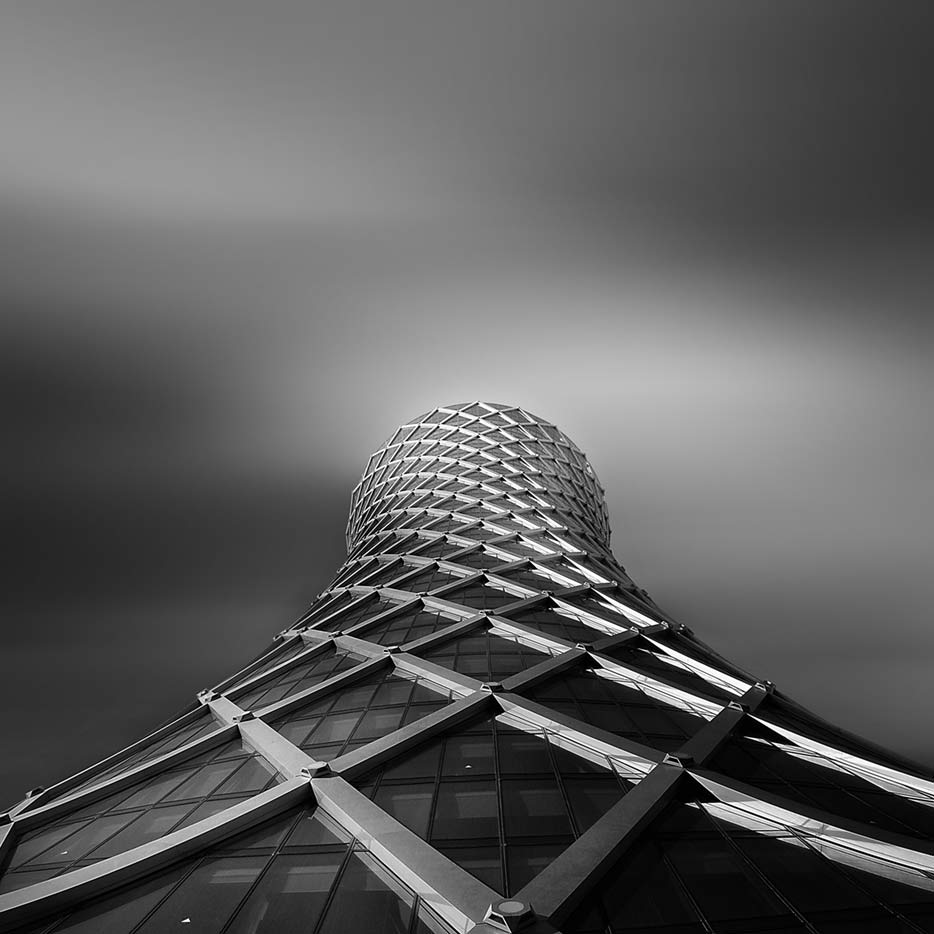
Doha, the capital of Qatar, is the home to more than 90% of the country’s 1.7 million people, with over 80% professional expatriates. Historically it was a fishing and pearl diving town, and up to the mid-1960s, most of the buildings were individual traditional houses. The modernization of the city occurred during the 1970s, but during the 80s and early 90s, the process was slowed down.
In recent years Qatar has become one of the fastest-growing economies in the world, and as such, the city is acquiring geostrategic importance. At the heart of the vision for the country’s development is a decreased dependence on natural resources and an increased reliance on a knowledge economy such as international universities and businesses, high tech and IT, and generally advanced producer services. The city inhabits approx—18 km in the north-south axis along the seaside and 18 km in the east-west axis. The corniche and most of its coastline are man-made.
The areas that stand out and contribute the most to the city’s emerging character are:

Souq Waqif is the historic center and traditional market place.
Adjacent, we find the Museum of Islamic Art by architect I.M. Pei, on the south side of the corniche. Also, under construction in this area scheduled to open in 2014, the National Museum of Qatar by architect Jean Nouvel.
West Bay is the business and diplomatic district on the north side of the corniche, concentrating most of the city’s skyscrapers dominating the city’s skyline. It houses many international companies’ headquarters, governmental ministries, high-rise hotels and apartment buildings, and shopping centers.
The Pearl is the new seaside high-rise residential development planned by architecture firm Callison on an artificial island expected to dwell 45.000 people by 2015. In close proximity, the Katara Cultural and Heritage village which houses various cultural institutions and recreational activities. The area also includes high-end hotels, shopping centers, the West Bay Lagoon, Doha’s golf club, Qatar University’s campus, and several embassies.
Education City is Qatar Foundation’s 2.500-acre campus master-planned by architect Arata Isozaki. Located in the north-west of the city, it hosts faculties from world-renowned universities to home-grown research centers.
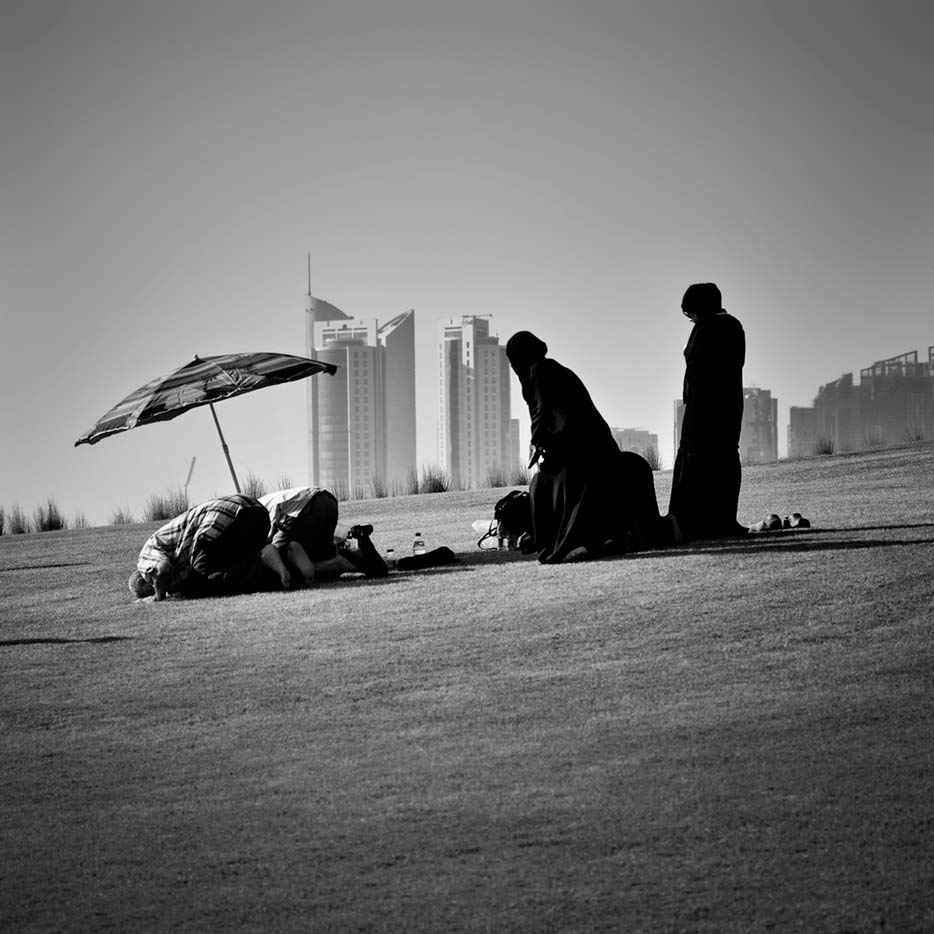
You can also find the Qatar National Convention Centre by Arata Isozaki, Science and Technology Park by Woods Bagot, Sidra Medical and Research Centre by Cesar Pelli, Mathaf Arab Museum of Modert Art by Jean-Francois Bodin, Qatar Foundation headquarters by OMA, RAND Qatar Policy Institute by OMA, Qatar National Library by OMA, Qatar Faculty of Islamic Studies by Mangera Yvars, Liberal Arts & Science by Coelacanth K&H, Weill Cornell Medical College by ADH, Ceremonial Court by Arata Isozaki, Texas A&M Engineering College by Legorreta+Legorreta, Carnegie Mellon University by Legorreta+Legorreta, Hamad Bin Khalifa University by Legorreta+Legorreta, HBKU student housing complex by Treanor and Burns & McDonnell, Northwestern University by Antoine Predock, Al Shaqab Equestrian Centre by Leigh & Orange, Georgetown University by Legorreta+Legorreta.

There are many more developments underway (New Doha Port, Barwa City Development, Al-Waab City Development, Doha Festival City, Anantara Island Resort, Kahramaa Awareness park, the World Cup new stadiums, Hamad International Airport, Doha Convention Center Tower, to name a few). All of which make Doha a compelling city to keep an eye for and visit.
PYGMALION KARATZAS

Pygmalion Karatzas studied Architecture at the Technical University of Budapest (1991-95), Urban Design at Heriot-Watt University in Edinburgh (1995-97), and practiced architecture for 12 years. In 2006 he participated in the first ‘Ecovillage Design Education’ training-of-trainers course in Findhorn organized by the Global Ecovillage Network and endorsed by the United Nations Institute for Training and Research. Since 2013 he is focusing systematically on architectural and fine art photography, producing a portfolio of 250+ architectural, commercial, and artistic projects from Europe, USA, and the Middle East.
His images are regularly featured in Greek and international media, have received 89 distinctions from leading global photographic competitions and the prestigious Fulbright Artist Scholarship award 2015-2016, and are part of private and public collections. Since 2014 he is the photo editor for the Danish Architecture Center and a contributing photographer to Arcaid Images London, iStock Getty Images, and Adobe Stock. Divisare Atlas of Architecture ranks him among the top 100 architectural photographers worldwide.
He has participated in exhibitions and fundraising in Greece, Italy, France, UK, and the USA and produced 10 book collections, with the ‘Integral Lens’ book receiving 3rd place at the PX3 Prix de la Photographie Paris 2018 and shortlisted at the Trieste Photo Days Book Award. ‘Nortigo – architectural abstractions’ received 2nd place at the Moscow International Foto Awards 2019.
In affiliation with the University of Tennessee Knoxville and professor Mark DeKay, their paper on a multi-perspectival approach to architectural photography was presented at the 3rd Integral European Conference; at the 5th Trieste Photo Days Festival and in 2019 became part of an academic mini-term / traveling workshop curriculum.
Through photojournalistic reportages, collaborations with architectural firms, businesses, organizations, and self-initiated projects, he exhibits his passion and dedication to the study, representation, and dissemination of the built environment and its broader role as a cultural asset.
Inland Sea, Qatar
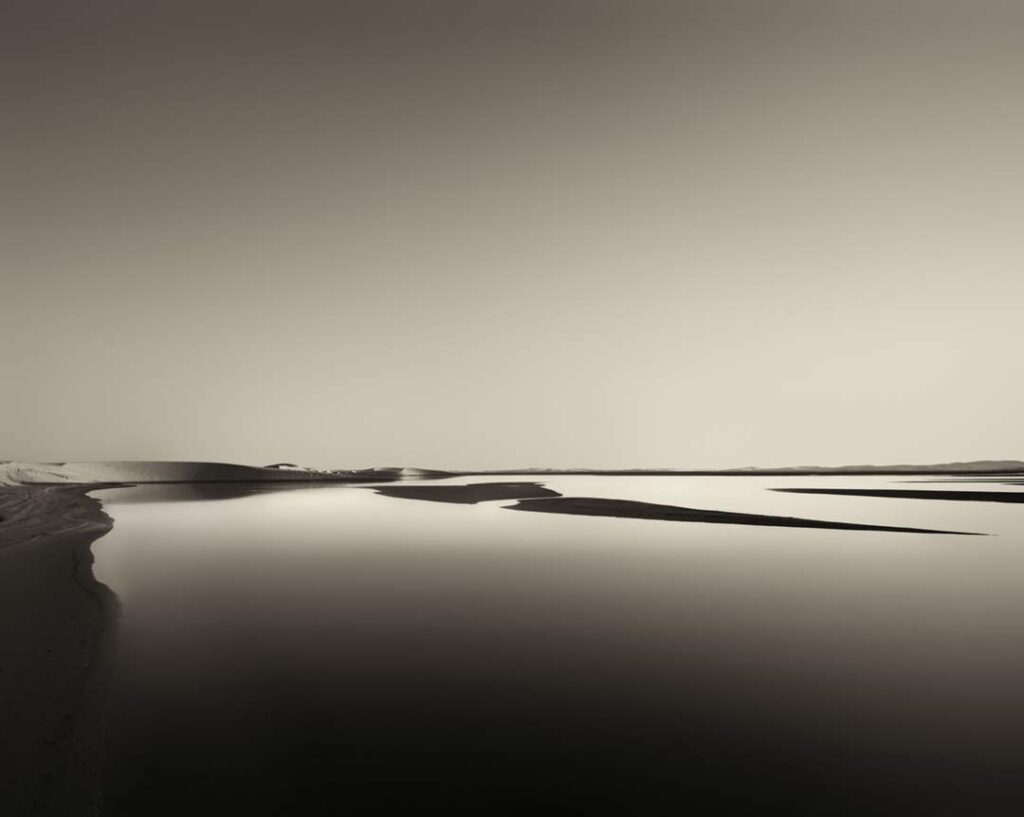
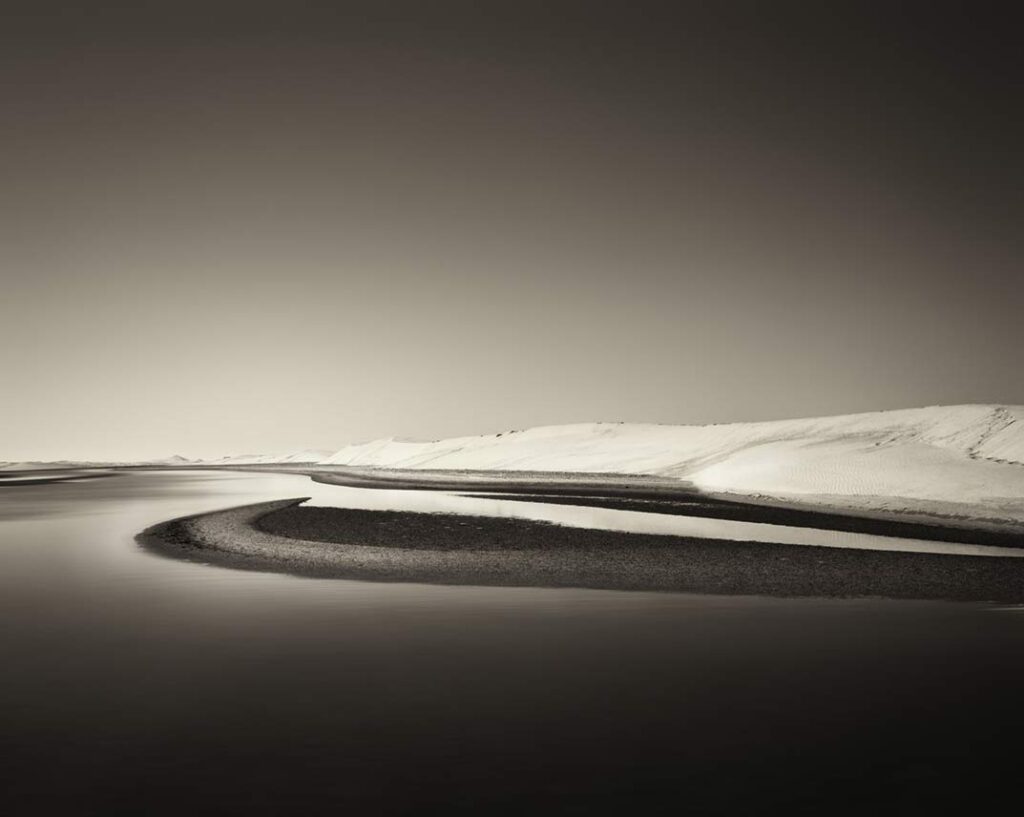
The Khor Al-Adaid area, also known regionally as the Inland Sea, is located in the south-east of the State of Qatar. The area presents a remarkable landscape formed by a globally unique combination of geological and geomorphological features. They create diverse scenery of exceptional, undeveloped natural beauty in what remains predominantly a ‘wilderness area.’
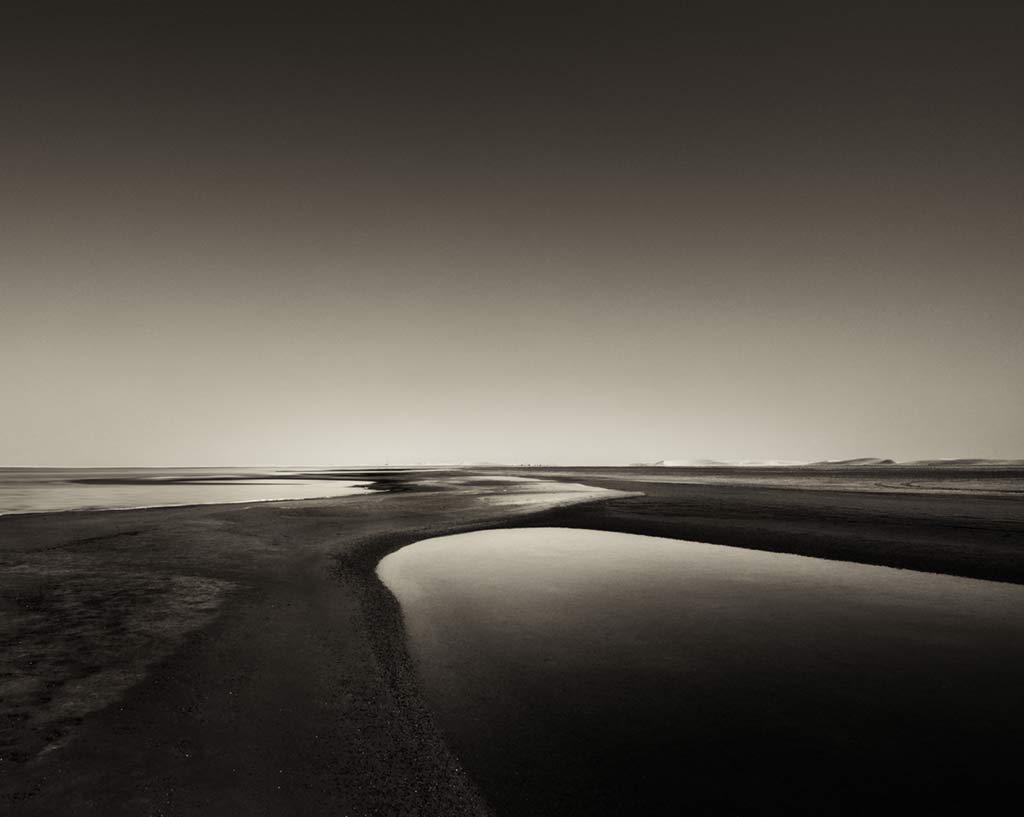
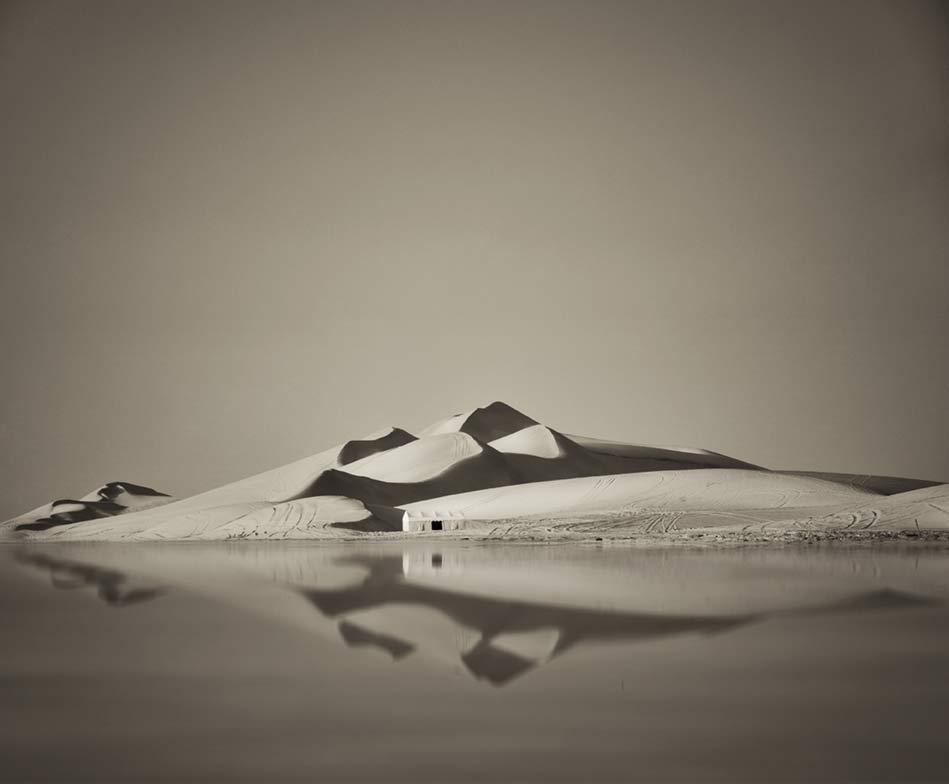
Each landscape unit on its own, notably the Arabian Gulf, large mobile dunes, the tidal embayment system, inland, and coastal sabkha, recently discovered “salt hummocks”, stony deserts, elevated mesas, and rocky outcrops, as well as the transition between each of them, contribute to the unique character of Qatar’s southern territory.

